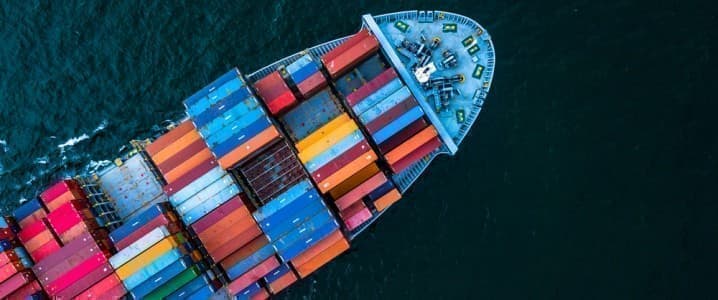But over in commodity shipping — dry bulk, crude and product tankers, liquefied natural gas carriers — spot rates have now sunk below five-year averages.
Crude tanker owners have been bleeding cash for over a year, and the market will have to absorb more new tonnage in 2022 than in 2021.
Crude tanker rates were so bad last year that a record number of newbuild VLCCs carried clean product cargoes during initial voyages after leaving Asian yards, cannibalizing volumes normally carried by larger product tankers.
Clarksons estimated Wednesday’s Capesize spot rate at just $10,200 per day, down 55% month on month and far below the recent peak of $87,000 per day in early September .
Spot rates of tri-fuel diesel engine LNG carriers shot up to an average of $205,000 per day in late November and early December, according to Clarksons.
As of Wednesday, Clarksons estimated that TFDE carrier spot rates averaged just $22,000 per day, down 61% week on week and 81% month on month, to around one-ninth of the early December high.
According to Clarksons Platou Securities analyst Frode Mørkedal, “The spot activity has been remarkably low, with only one voyage charter being done in the first two weeks of 2022.
Dry bulk is being swayed by the Chinese economy and state policies; seasonal weather conditions in Brazil, Australia and Asia that reduce rates at this time of year; and a coal export ban in Indonesia.
The weekly Drewry World Container Index is at $9,545 per forty-foot equivalent unit, up 12% from early December and up 82% year on year.
There was a record high of 106 container ships waiting to berth in Los Angeles/Long Beach on Friday, with 99 on Tuesday.
“If we assume a reversion to pre-pandemic sales-to-inventory and use current demand, retailers would need $821 billion in inventory.
